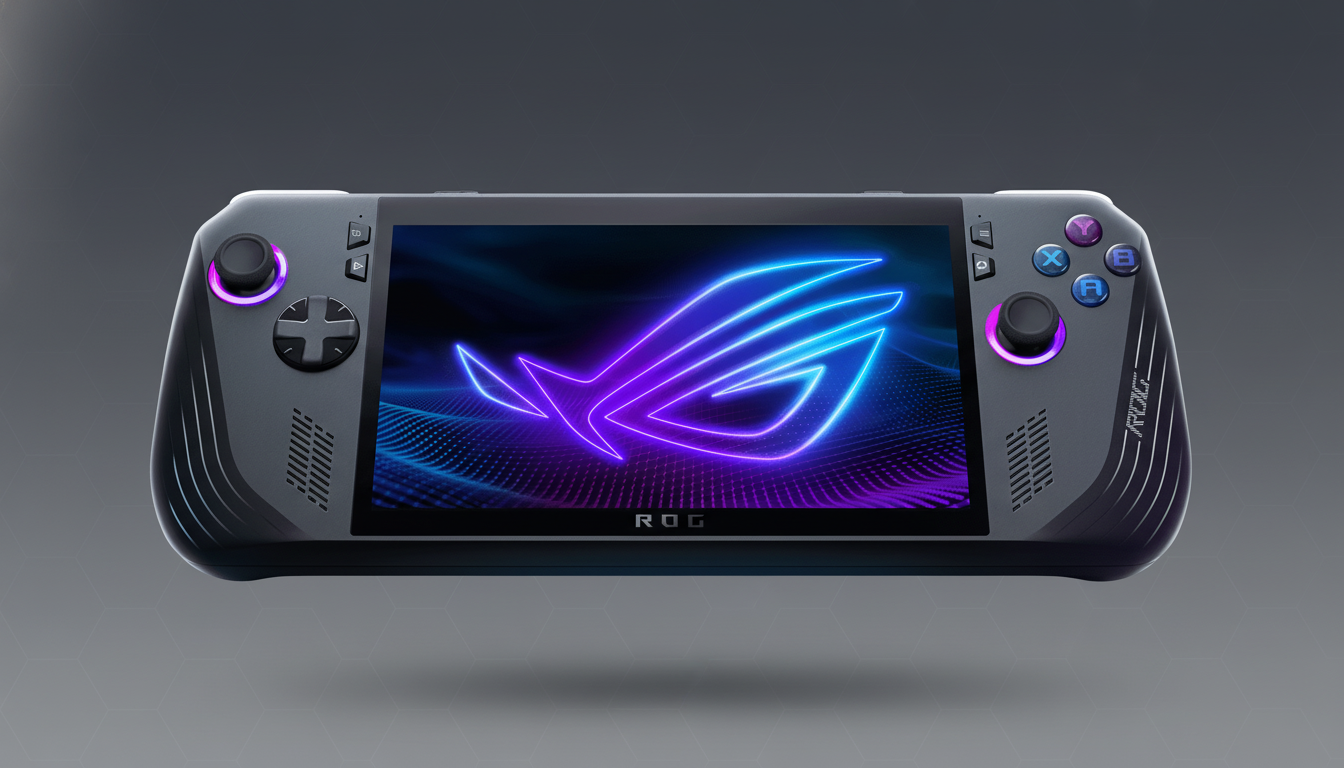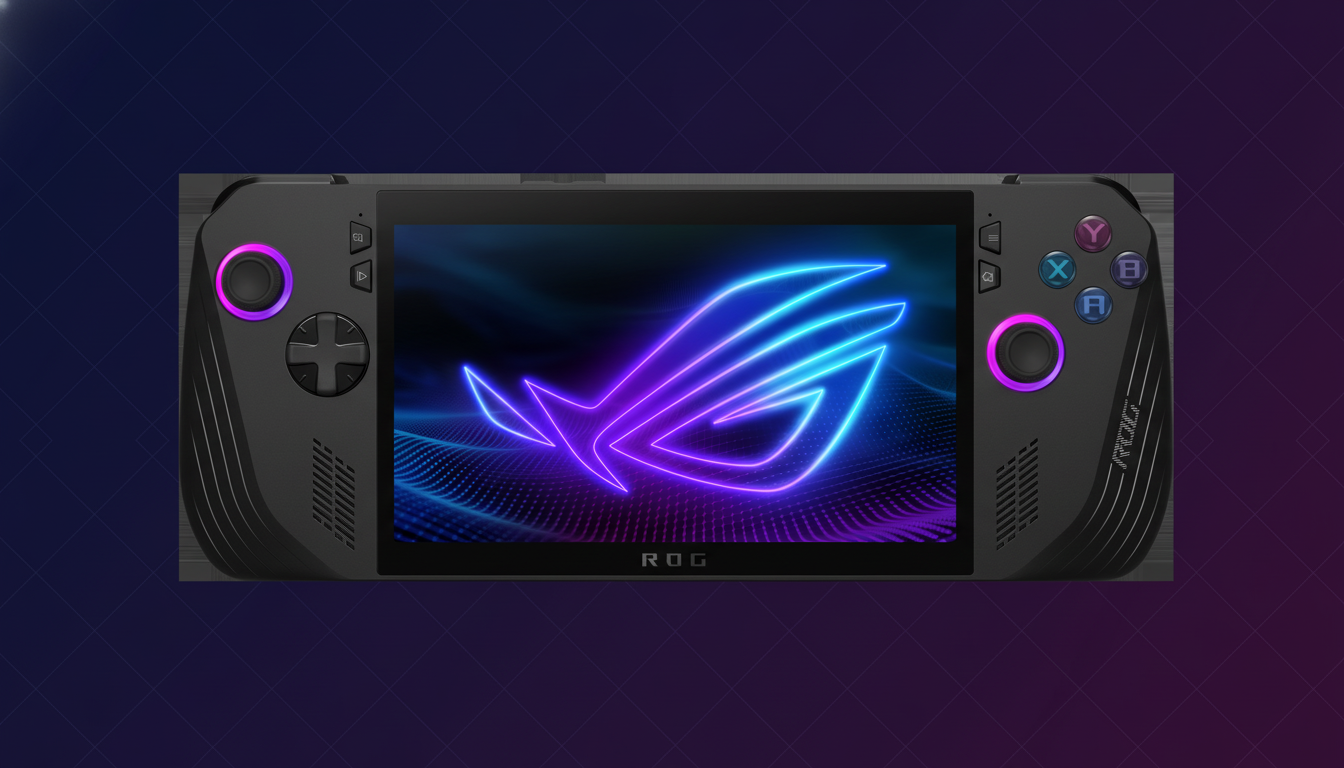Two famous creators have proven that ASUS’s ROG Ally X shines more when Windows goes away. ETA Prime and Cyber Dopamine both threw Bazzite—a Linux-based SteamOS-like operating system—onto the handheld, and noted faster wake times in sleep mode, more hardware control for fidgety fingers during games, and significantly better frame rates across several titles compared to Windows as shipped with its Xbox-style touchscreen interface. Their tests—and the amplifying effect of Windows-focused coverage making much out of very little—indicate the handheld has some headroom in its AMD silicon that’s left unused by the default Windows setup.
What Does Bazzite Add to a Windows Handheld?
Bazzite is based on Fedora’s atomic desktop technologies and incorporates the same components that underpin the Steam Deck experience: Gamescope for a game-focused session, Proton for running Windows titles, Mesa open-source graphics drivers, and controller-first UIs.

The result is a console-like OS that boots directly into a game launcher and removes some desktop overhead while also giving you close control over system performance options Windows often hides or buries under abstractions.
Using an image-based update model, Bazzite deploys system updates predictably and can revert cleanly if something goes wrong. On AMD’s Phoenix-class APUs—such as the Z1 Extreme in the Ally X—Bazzite leans on the same driver path and power management work Valve and the Linux graphics community have been solidifying over several years, including support for up-to-date Vulkan features and scaling tools already used by plenty of PC gamers.
Actual results from creator testing on the ROG Ally X
Both had it up and running at first boot. From that point, they ran side-by-side tests—matched at fixed power targets to keep things on a level playing field. In Kingdom Come: Deliverance 2, Cyber Dopamine, at 1080p and 17W TDP, saw an average of 62 FPS on Bazzite versus 47 FPS on Windows—about a 30% uplift. In Hogwarts Legacy, Bazzite stayed at 62 FPS, while Windows was about 50 FPS.
Apart from averages, frame pacing appeared more consistent when testing in Gamescope’s session on Bazzite, which can cap, scale, or even frame‑rate limit with what appears to be less overhead than some Windows overlays. The takeaway here isn’t “Linux wins”; it’s that Linux won when drivers are lined up and power limits are hit, and the console‑modeled stack eliminates friction that can cost frames on a handheld‑class APU.
Power controls, thermals, and battery life
The noteworthy benefits include control. It reveals per‑game TDP limits, GPU frequency caps, and fan curves in your game of choice, tucked away inside the gaming session so you can set up for silence or battery elsewhere without toggling any desktop software. RGB lighting hooks are in development as well, says the Bazzite team—one of the few holes left versus vendor OEM utilities.
In terms of stamina, ETA Prime’s runs showed broadly similar staying power to Windows, with Bazzite pulling ahead at the low‑to‑mid end of the scale. 2D indie titles run for up to eight hours at 15W, with modern AAA games around 2.5 hours at the same setting and W‑state, and just over two hours when pushed to 25W. At those rates, and considering that the Ally X comes fitted with a larger 80Wh battery, big ups to Margwin’s commitment to a leaner OS should you need it—be it for travel or couch play.

Instant wake and a console-like UX on Ally X
Sleep and resume is where your fate as a handheld lives or dies. Under Bazzite, the Ally X booted fast—enough so that it consistently woke almost instantaneously and returned to the exact same gameplay state, channeling some of a dedicated console’s quick‑suspend feel. Handheld mode on Windows is also better, but wake times still aren’t as consistent—particularly when idle goes long or when background updates run.
On the usability end, the interface is designed for controllers: no mouse, no desktop side journeys, and fewer requests that pull you back from the session. There’s support for things like MangoHud overlays and per‑title profiles, so metrics and power tweaks are a single button press away instead of being scattered across a handful of Windows apps.
Caveats, drivers, and game compatibility to note
It is still a community OS build, not an ASUS‑supported image. Firmware updates, BIOS tuning, and device‑specific utilities (such as those for advanced RGB or macro keys) may take longer to come downstream. A few anti‑cheat systems, like Easy Anti‑Cheat or BattlEye, still require people to go through a new set of hoops with Proton enabled for their game; meanwhile most of the big multiplayer holdouts are slowly evolving out of this state, but not universally. If your library is heavily focused on competitive shooters, though, check their Linux status before considering a move.
On the driver front, Mesa’s breakneck development pace means new optimizations often land for AMD APUs sooner there than they do in prepackaged Windows drivers—and that can work against you. Performance can be pushed up or down by a particular game patch or kernel fix until a later update hits. The good news: Bazzite’s atomic updates make rolling back a breeze.
What it means for Windows handhelds going forward
Microsoft’s recent handheld‑focused Xbox interface for Windows is evidence it is at least taking steps in the right direction; but these results emphasize how much better the experience works when designed console‑first instead of retrofitted.
Valve’s work on Linux gaming has begun to move the needle: Steam Hardware Survey data now position Linux at around 2%–3%, a small but not insignificant audience for developers targeting Proton and Vulkan optimizations.
And for Ally X owners, Bazzite isn’t a one‑size‑fits‑all solution—but it does make a fine single‑ or dual‑boot companion. It offers reduced overhead, finer‑grained control, and, in some cases, higher frame rates at the same wattage. What the OEMs and platform holders would be wise to learn, if they do care, is that handhelds prosper when software gets out of the silicon’s way.

